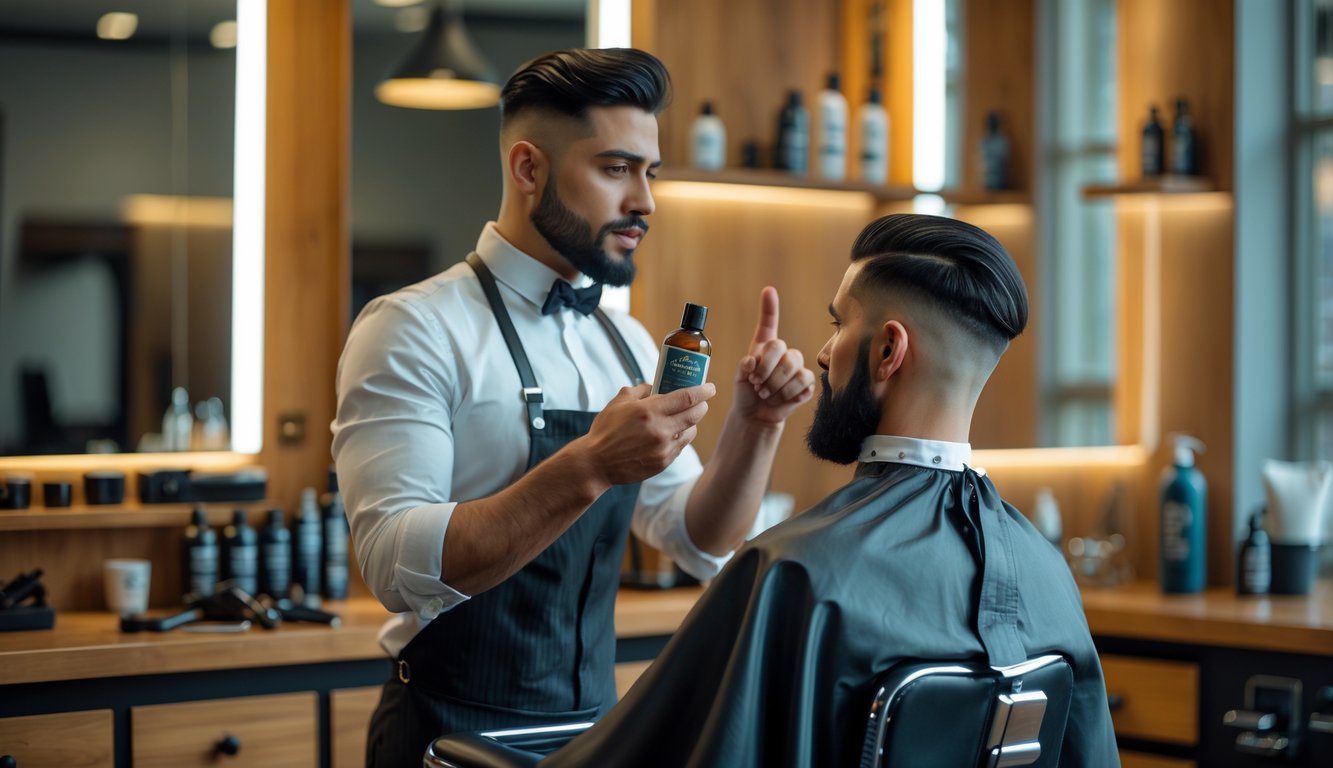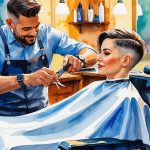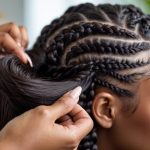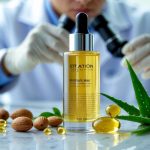
Marketing Tactics Used by Shampoo Scammers
I honestly can’t keep track of how many shampoo bottles I’ve tossed under the sink because of empty promises. These scams target your bank account, not your hair. Who’s even counting when the next “breakthrough” formula shows up right after the last one flopped?
Fake Endorsements and Reviews
Scrolling through product pages, the flood of “verified” five-star reviews for the latest hair miracle is just suspicious. Saw a “pro athlete” recommend one last week—turns out the photo was from Getty Images. Happens way more often than you’d think.
A client brought me a shampoo with rave reviews that didn’t even make sense: one guy claimed he’d regrown hair, then said he’d “never lost any.” Beauty analysts say review fakery is everywhere, especially for these niche men’s products. Amazon purges thousands of fake reviews, but they just come back.
And the influencer “brand deals”? It’s not hard to pay some TikTok or YouTube creator for a quick shoutout and then plaster that everywhere. Meanwhile, actual barbers like me (with no reason to push a product) get drowned out. So, guys end up thinking buzzwords and hype equal results. If a celeb review sounds weirdly generic or identical to others, you’re probably being targeted.
Misleading Scientific Claims
That “clinically proven” badge? Usually means nothing. I dug into ingredient lists for a few viral shampoos. The “research” was a joke—studies didn’t even test the shampoo, just a single ingredient (usually biotin or caffeine) on hair cells in a dish, not a real scalp.
Barbers swap horror stories about shampoos making hair brittle or greasy, despite the “miracle” claims. Sometimes you’ll hear, “dermatologist-tested!”—but was it on ten people, or a hundred? One shampoo bragged about “removing all toxins.” That’s not even a real thing; you can’t wash away pollution with coconut-scented soap. Dr. Adam Friedman, who actually teaches dermatology, says there’s zero evidence for most “maximum detox” claims.
Confusing charts, fancy chemical names, “breakthrough” complexes—it all sounds impressive, but it’s just smoke and mirrors for guys desperate to avoid hair loss or hide grays (which, by the way, no shampoo can reverse). “Restore your hairline in six weeks”? Sure, and I’m a unicorn. Tiny print, fake science, and in the end, you’re left with an expensive bottle and a lot less trust in the whole industry.
Understanding Harmful Shampoo Ingredients
Let’s be real—if you think “for men” means safe, nope. I’ve had way too many guys in my chair complaining about itchy scalps and brittle hair, always blaming age or stress, never the chemical soup lurking in their shower.
Chemicals Barbers Advise Avoiding
Still blows my mind how often methylisothiazolinone shows up in men’s shampoo. Ask any stylist worth their salt—they’ll rattle off stuff like cocamide DEA, sodium lauryl sulfate, parabens. These aren’t just scary words. The Danish Consumer Council found over 40% of shampoos had at least one flagged irritant or allergen, and let’s be honest—most guys just grab whatever’s at eye level.
Here’s something I didn’t get until a dermatologist called me out: “Fragrance” on the label? That’s a black box of random chemicals. You have no idea what’s actually in there. One barber I know ditched anything with “triethanolamine” and his scalp cleared up. Not exactly a clinical trial, but his skin looked better than my last attempt at dinner, so maybe he’s onto something.
Why Quality Ingredients Matter
Alright, so everybody grabs whatever shampoo is closest—Redken, The Body Shop, giant bottles with “moisture” in Comic Sans—because who has time to overthink it? But then I asked Trish, who’s been hacking at heads for 15 years and has this weird obsession with cold water rinses, what she really notices. She’s like, “Honestly? People who use the harsh, bargain stuff always have dull, weighed-down hair, sometimes even weird bald spots cropping up.” I don’t know, maybe she’s exaggerating, but I’ve seen it too. You can’t blame one bottle for all your hair disasters, but if you’re even slightly paying attention, coconut oil or that gentle sodium cocoyl isethionate stuff actually does something. Shine, texture, less straw, less gunk. Not magic, but not nothing.
And yeah, the “bad” ingredients are a thing, but it’s not just about avoiding them. If I see vitamin B5 or aloe or tea tree on a label, at least I can pretend my scalp’s getting a little TLC. Except, let’s be real, sometimes “aloe” is so far down the list you’d need a microscope to spot it. Ingredients matter, but nobody talks about how the ratios are what really decide if your hair feels like silk or a Brillo pad. Is there a reason brands don’t just print that in giant font? Probably because nobody wants to read shampoo math before coffee.



